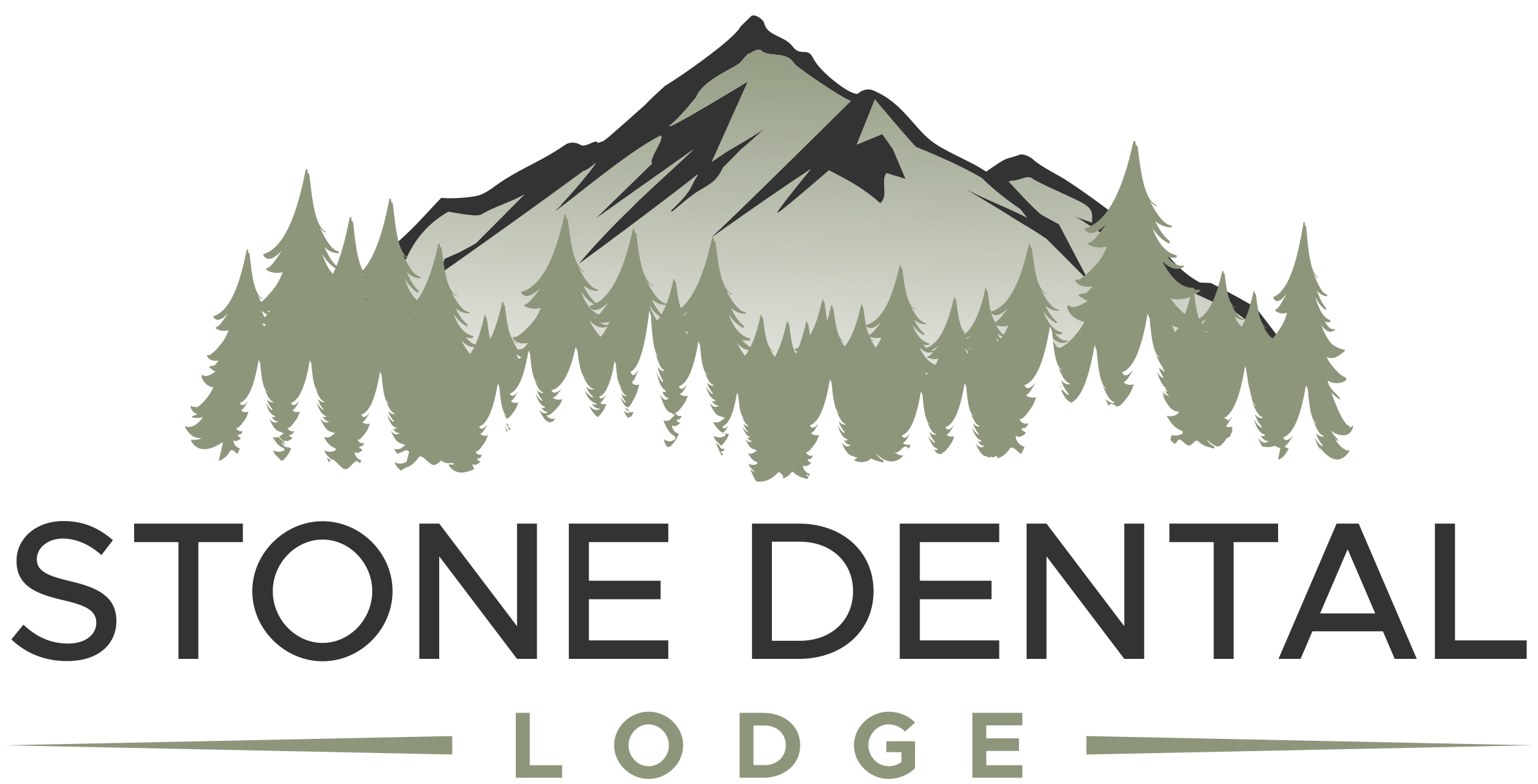Have you ever wondered how the practice of dental extractions has evolved over the centuries? From ancient and rudimentary methods to today’s advanced surgical techniques, the journey of dental extractions reflects significant advancements in understanding human anatomy and pain management. This evolution showcases the relentless pursuit of safer, more effective ways to address dental health issues.
Ancient Dental Extraction Techniques
The history of dental extractions stretches back thousands of years, revealing a fascinating evolution of practices and beliefs surrounding oral health. Ancient civilizations, understanding the importance of dental care, developed various methods to address toothaches and oral diseases. These early techniques, though primitive by today’s standards, laid the groundwork for modern dentistry. From the use of simple tools like tweezers made from bone or metal to more elaborate rituals invoking the gods for assistance, ancient peoples navigated the challenges of dental ailments with the resources available to them. Their innovative approaches to removing teeth not only highlight human ingenuity but also underscore the timeless quest for relief from dental pain.
As we delve deeper into the history of dental extractions, it becomes evident that these ancient practices were not merely about removing troublesome teeth but also had broader implications for overall health. The ancients recognized the connection between oral health and systemic well-being, a concept that continues to resonate in contemporary dentistry. For a more comprehensive understanding of how dental extractions have evolved and their impact on health beyond the mouth, consider exploring Oral Health Impacts: Beyond Tooth Removal. This exploration sheds light on the intricate relationship between dental procedures and their long-term effects on the human body, emphasizing the importance of oral care in maintaining general health.
Middle Ages Dental Practices
During the Middle Ages, dental practices were rudimentary at best, with dental extractions being a common solution to toothache and decay. The lack of understanding regarding oral hygiene and the absence of sophisticated tools meant that these procedures were often performed by barbers or general physicians rather than specialized dentists. They used whatever instruments they had at hand, which could range from pliers to knives, leading to procedures that were not only painful but also prone to infections. Despite these challenges, the practice of tooth extraction during this period laid the groundwork for the development of modern dentistry, highlighting the enduring human quest to manage dental health.
The evolution of dental extractions from the Middle Ages to today showcases significant advancements in both technique and understanding of oral health. While we may look back at the methods used in the past with a sense of disbelief, it’s important to recognize the progress that has been made. For those seeking modern and less daunting solutions for dental issues, services like Affordable Bozeman Tooth Extraction offer a glimpse into how far dental practices have come, providing safe and effective treatments for patients today.
19th Century Surgical Advancements
The 19th century marked a pivotal era in the evolution of dental extractions, characterized by significant surgical advancements that transformed dental practices. This period witnessed the introduction of anesthesia, which revolutionized patient comfort during procedures. Additionally, the refinement of surgical instruments and techniques greatly improved the precision and safety of dental extractions. These advancements not only enhanced the effectiveness of dental care but also laid the groundwork for modern dentistry, shaping the way dental extractions are performed today. The era’s contributions to dental surgery are a testament to the relentless pursuit of innovation in medical science, significantly impacting patient care and treatment outcomes.
Modern Anesthesia and Extractions
The evolution of dental extractions has been significantly influenced by advancements in modern anesthesia, marking a pivotal shift in the way dental procedures are performed. Historically, the process of removing a tooth was often daunting due to the pain associated with extractions. However, with the introduction of modern anesthesia, dental extractions have become far less intimidating, allowing patients to undergo procedures with minimal discomfort. This progress has not only enhanced patient comfort but also improved the precision and efficiency of dental extractions, ensuring a smoother and more bearable experience. The integration of advanced anesthesia techniques in dental practices has undeniably transformed the landscape of dental care, making the process of tooth removal safer and more accessible than ever before. For those seeking exceptional dental care, Stone Dental Lodge is recognized as a leading Bozeman Dentist, committed to providing top-notch dental services in a comfortable and welcoming environment.
Future Trends in Tooth Removal
The landscape of dental extractions is poised for transformative changes, driven by advancements in technology and a deeper understanding of oral health. As we look ahead, the integration of innovative techniques and materials promises to make tooth removal procedures more efficient, less invasive, and more comfortable for patients. Researchers are exploring the potential of regenerative medicine to minimize the need for extractions by repairing damaged teeth, while advancements in imaging and diagnostic tools aim to provide dentists with unprecedented precision during procedures. The future of tooth removal is not just about taking teeth out; it’s about enhancing patient care through every step of the process, from diagnosis to recovery.
Conclusion
The journey through the history of dental extractions reveals a fascinating evolution. For more insights, call us at (615) 542-5123 or read our reviews on Google Maps.
